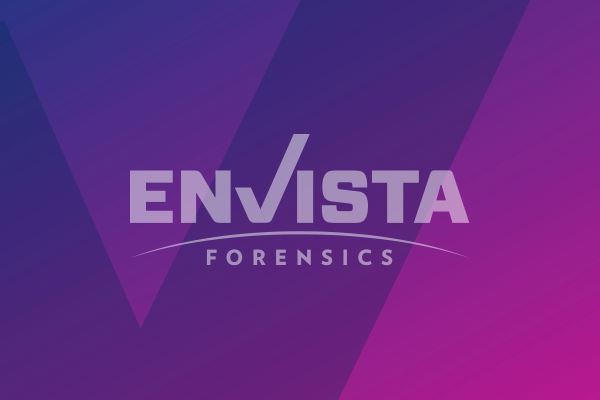When Broadcast Systems Fail: Case Studies and Solutions for Telecommunications Claims

Broadcast TV, AM and FM radio, cellular networks, and emergency services radio communication systems have been a part of our landscape for decades, their evolution a testament to our technological progress. Yet, this progress has not rendered them impervious to malfunctions and failures. With telecommunications equipment insurance claims come challenges ranging from lightning damage to power surges and equipment failures.
Understanding Broadcast Systems: History, Setup, and Spectrum Positioning
Understanding the history and technological evolution of systems, such as TV and radio, is vital when troubleshooting potential problems. For example, the experimental beginnings or “birth” of TV in the 1920s have evolved through significant technological developments that gave rise to color broadcasting, cable, and high definition. AM and FM radio also had their unique developmental timelines and technological progressions. Knowledge of these timelines helps pinpoint potential issues/solutions.
A standard installation for AM, FM, and TV broadcast encompasses elements like an equipment shack, a tower equipped with lighting, de-icing equipment, guiding wires, antennas, utilities, and often a backup generator. In contrast, the setup for two-way radios and cellular networks can be considerably more intricate, requiring a network of interconnected installations.
A key understanding of the electromagnetic spectrum, governed by the Federal Communications Commission, is also essential. The broadcast and transmission systems in this discussion occupy a minor segment of this spectrum. Identifying where these systems are positioned on the spectrum enables better troubleshooting and understanding of potential interference or issues.
Understanding System Challenges and Key Players in Issue Resolution
Despite implementing advanced technologies and optimal setups, these systems can still be prone to issues and failures. Weather or environmental factors, such as lightning strikes, power disruptions, heat, dust, humidity, wind, hail, ice, or tornadoes, can all cause network disruptions. Aging components, lack of maintenance, overheated equipment, moisture, and rodent damage also pose potential issues.
In the event of an issue or failure, it is crucial to identify the parties involved. Property owners, tower and equipment room owners, utility providers, tenants and operators, regulators, and inspection and maintenance crews all need to have a clear understanding of the roles and responsibilities of each party.
Broadcast Case Studies: Damage, Causes, and Solutions
This case involved an examination of a lightning damage claim. The claimant (a broadcaster) reported an elevated Voltage Standing Wave Ratio (VSWR), suggesting probable lightning damage to their transmission line or antenna. The investigation revealed that the damage originated not from lightning, but from arcing due to poorly maintained sections of the line. The conclusion was that subpar maintenance over time had resulted in the degradation of the transmission line and an overall reduction in the range of the FM radio broadcast. After replacing the transmission line, the system resumed normal operations.
This case required an assessment of a complaint regarding limited broadcast range. The claimant noted that their broadcast quality and range were weather-dependent. The investigation discovered that the antenna had been detuned after removing protective radomes. The issue was resolved by electronically retuning the antenna and restoring the broadcaster's range and market.
This case pertained to a total blackout on a broadcast installation. The claimant indicated their transmitter was off-air for approximately three days due to an electrical power surge. The investigation found that previously damaged power protection equipment failed to shield the transmitter from subsequent power surges. A custom repair contractor expediently fixed the damaged components, and the station was back on the air within nine days.
Mastering Broadcast Systems for Effective Failure Investigation and Claim Management
To conclude, grasping the complexities of broadcast and transmission systems is necessary to investigate a broadcast transmission installation failure successfully. A comprehensive understanding of the technology, potential pitfalls, and the stakeholders allows for efficient troubleshooting and problem resolution, ensuring these vital communication systems operate seamlessly. Managing insurance claims related to telecommunications equipment requires an in-depth knowledge of the equipment and potential damage causes. Each claim also poses distinctive challenges, and the optimal solution often demands a detailed investigation and a sharp understanding of the equipment and the claim's contextual circumstances.
Nuestros consultores están listos para ayudar.





